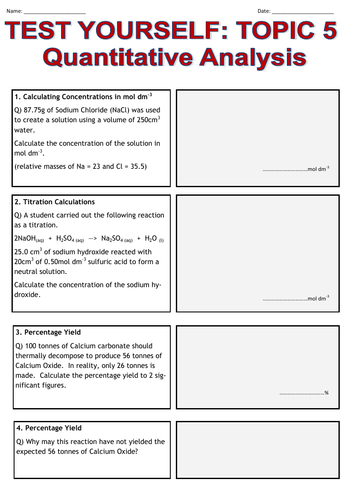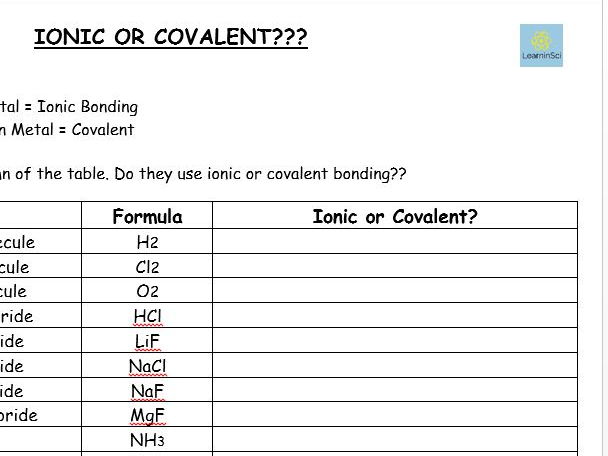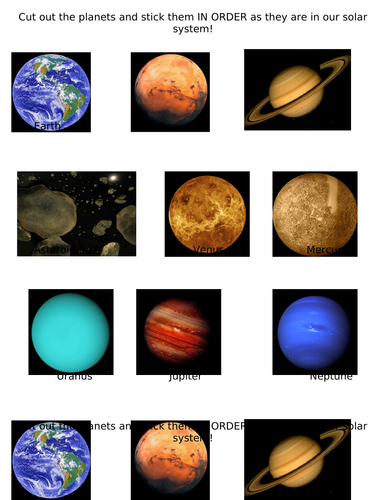@LearninSci's Shop
Science Teacher (of 18 years), and Head of Year, from Gloucestershire offering tried and tested resources to save you the time and energy when planning. Watch out for new resources to help you meet the demands of teaching the Science GCSE and Chemistry A-Level.






















